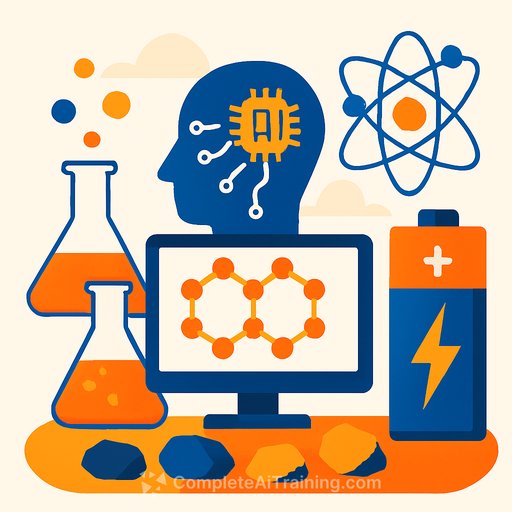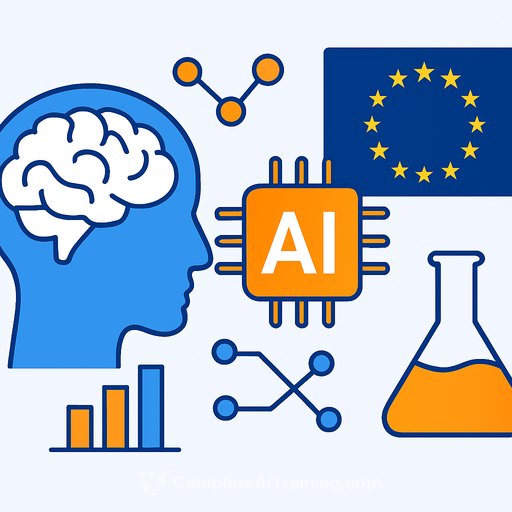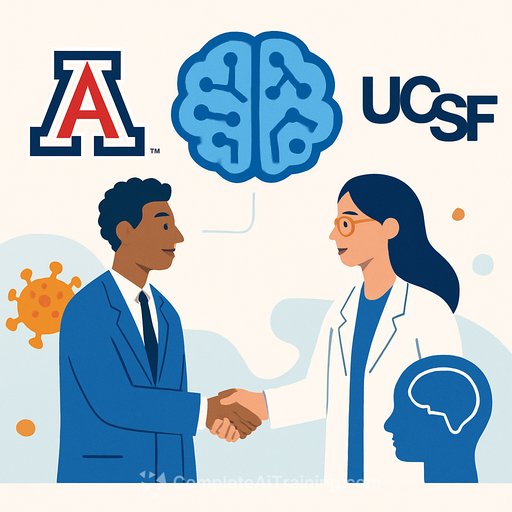AI Discovers Five New Materials to Replace Lithium Batteries
Date: August 2, 2025
Source: New Jersey Institute of Technology
Researchers at NJIT have identified five promising porous materials that could lead to a new generation of multivalent-ion batteries, providing a sustainable alternative to lithium-ion technology. This breakthrough comes through the use of AI to explore vast material possibilities quickly and effectively.
Why Multivalent-Ion Batteries Matter
Traditional lithium-ion batteries rely on lithium ions carrying a single positive charge. In contrast, multivalent-ion batteries use ions like magnesium, calcium, aluminum, or zinc, which carry two or three positive charges. This difference potentially allows these batteries to store significantly more energy.
However, accommodating these larger, multiply charged ions in battery materials has been a major challenge. The NJIT research tackles this by finding porous materials with structures suited to efficiently move and store these ions.
How AI Accelerated the Discovery
The team used a dual-AI approach combining a Crystal Diffusion Variational Autoencoder (CDVAE) and a fine-tuned Large Language Model (LLM). The CDVAE model generated thousands of novel crystal structures based on known data, while the LLM focused on identifying materials near thermodynamic stability—critical for practical synthesis.
This AI-driven method enabled the researchers to explore millions of material combinations in a fraction of the time it would take using traditional lab experiments.
The Five New Porous Materials
- All five materials are porous transition metal oxides with large open channels.
- These open structures facilitate the movement of bulky multivalent ions, improving battery performance and safety.
- Quantum mechanical simulations and stability tests confirmed their potential for real-world synthesis and application.
Implications and Next Steps
This discovery is not just about new battery materials but also demonstrates a scalable AI-driven framework for discovering advanced materials across various fields, including electronics and clean energy.
The NJIT team plans to collaborate with experimental labs to synthesize and test these AI-designed materials, moving closer to commercially viable multivalent-ion batteries.
For those interested in the intersection of AI and material science, exploring AI techniques like generative models can be valuable. More on AI applications in research can be found at Complete AI Training.
Your membership also unlocks:






